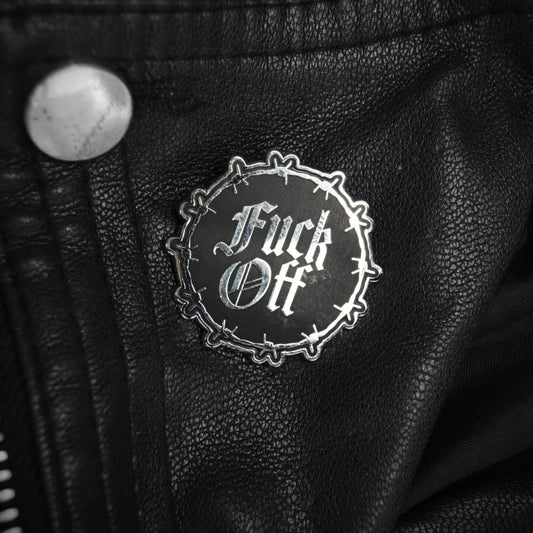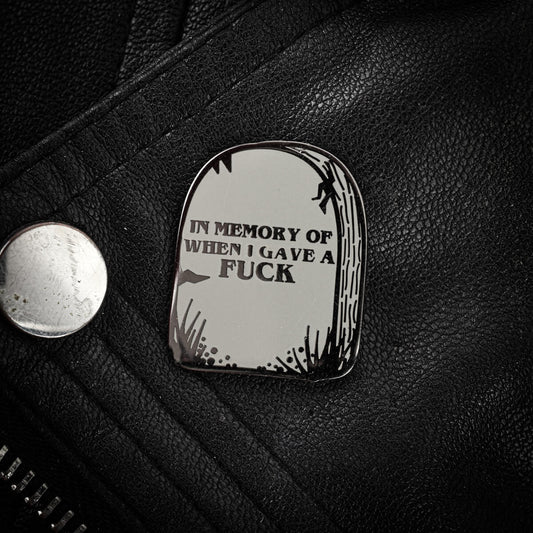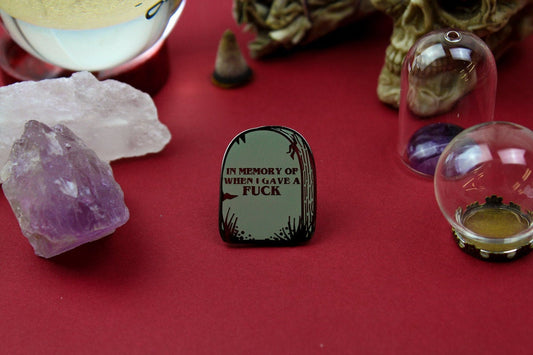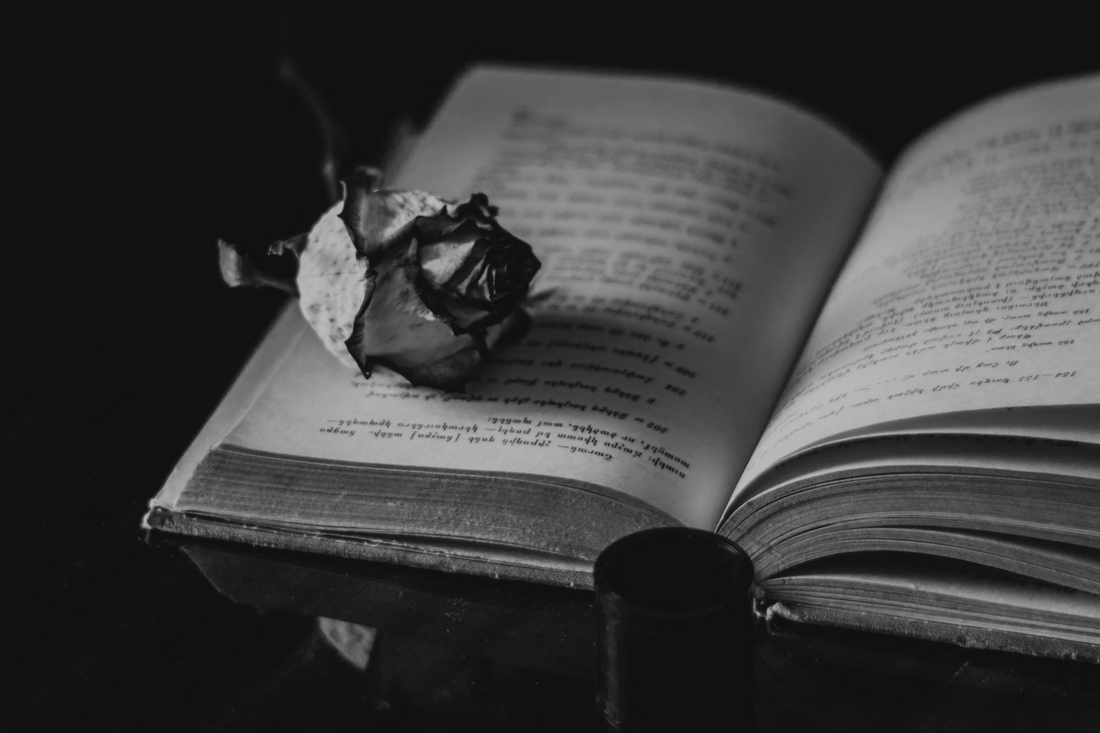
What is the Connection Between Goth and the Gothic Literary Genre?
Share
Introduction
Goth culture and Gothic literature, though from different times and backgrounds, are closely linked and have shaped each other over the years. The goth subculture is known for its music, fashion, and style, heavily influenced by the dark and eerie themes in Gothic literature. Gothic novels focus on horror, romance, and the supernatural, often in shadowy and mysterious settings. These books have greatly influenced the look and themes of goth culture.
Historical ties between goth culture and Gothic literature are evident in the Victorian and Romantic influences on goth fashion and art. The goth visual style, with its focus on dark, dramatic clothing and melancholic imagery, reflects the eerie atmospheres of Gothic novels. The thematic similarities are notable: both explore alienation, sadness, and rebellion against societal norms. Characters in Gothic literature often face existential despair and forbidden desires, themes that strongly resonate with goth music and lifestyle.
The connection between goth culture and Gothic literature goes beyond looks. Many goth musicians and artists draw inspiration from Gothic books, weaving references and themes into their songs and performances. This has created a rich cultural phenomenon where literature and subculture enhance each other.
By looking at the historical and thematic links between goth culture and Gothic literature, we see how their shared elements have helped both to grow and stay relevant. Let’s now look at the origins, influences, and ongoing interactions between these two cultural forms and how they continue to shape each other.
Origins of Gothic Literature
Gothic literature began in the late 18th century with Horace Walpole's 1764 novel "The Castle of Otranto," which introduced a genre filled with eerie settings, horror, romance, and the supernatural. Key themes in Gothic literature include exploring human emotions and the subconscious, often through stories of haunted castles, mysterious events, and tragic love. Influential authors like Ann Radcliffe, Edgar Allan Poe, and Mary Shelley expanded these themes, creating works that still resonate with readers and shape modern storytelling.
Gothic literature and goth culture share similar aesthetic and thematic concerns. Both find beauty in darkness and the macabre, exploring deep human emotions and experiences. Goth culture draws heavily from these literary traditions, embracing themes of the supernatural, melancholy, and mystery. The music, fashion, and art of the goth subculture often reflect the same motifs found in Gothic literature, creating a cohesive cultural expression that spans centuries.
The interaction between goth culture and Gothic literature shows how these two cultural forms have influenced and enriched each other over time. Examining their intertwined histories helps us understand the lasting appeal of the Gothic and its significant impact on modern goth culture. By tracing the connections between Gothic literary themes and the elements embraced by the goth subculture, we can appreciate how the fascination with darkness, the supernatural, and melancholy has persisted and evolved across centuries.

Birth of Goth Subculture
The goth subculture emerged in the late 1970s and early 1980s, heavily influenced by the dark, romantic, and mysterious tones of Gothic literature. During the post-punk era, bands like Bauhaus, Siouxsie and the Banshees, and The Cure incorporated themes of melancholy, horror, and the supernatural, all hallmarks of Gothic fiction. Songs such as "Stranger Than Fiction" and "Titus" by New Zealand rock group Split Enz and "The Drowning Man" by The Cure were directly inspired by Mervyn Peake's Gormenghast trilogy, showing the clear literary influence on the music.
Gothic literature, which began in the late 18th century, introduced readers to haunted castles, tragic heroes, and eerie landscapes, creating an atmosphere of brooding darkness and emotional intensity. This is reflected in the goth subculture's fashion, music, and overall sensibility. Shared themes of isolation, existential dread, and fascination with the macabre naturally align the two.
Goth culture embraced the Gothic tradition's love for drama and theatrics, evident in elaborate fashion choices echoing the Victorian and Romantic eras. The goth scene's appreciation for poetry, art, and literature exploring themes of mortality and the supernatural further strengthens this connection. By incorporating these elements, goth culture not only honours its Gothic literary roots but also reinterprets them for today’s audience, keeping the spirit of Gothic literature alive in modern expressions. The lasting influence of Gothic literature on goth culture shows the timeless appeal of exploring the darker aspects of human experience.

Thematic Parallels
The connection between goth culture and Gothic literature is clear in their shared themes. Both explore darkness, mystery, and the macabre, creating atmospheres filled with foreboding and emotional depth. Themes of alienation, melancholy, and rebellion are central to both, reflecting a resistance to mainstream norms and a fascination with the shadowy aspects of existence.
Gothic literature, from the eerie halls of Horace Walpole’s "The Castle of Otranto" to the tormented characters in Mary Shelley’s "Frankenstein," explores the darker aspects of the human psyche. Edgar Allan Poe’s works, like "The Fall of the House of Usher," are filled with symbolism and a sense of doom.
These thematic parallels show the strong connection between goth culture and Gothic literature, illustrating how both continuously draw from each other to explore human experience through darkness and beauty.

Aesthetic Influences
The connection between goth culture and Gothic literature is clear in their shared aesthetics. Gothic novels, with their vivid descriptions of dark, mysterious settings and characters, have greatly influenced goth fashion. The visual elements of goth attire often draw from the moody, elaborate styles found in Gothic literature, with Victorian and Romantic influences being especially prominent.
Victorian fashion, with its corsets, lace, and long flowing skirts, mirrors the attire of characters in Gothic novels like Bram Stoker’s "Dracula" or Emily Brontë’s "Wuthering Heights." The melancholic elegance of characters like Lucy Westenra and Catherine Earnshaw is reflected in the contemporary goth wardrobe. Romantic influences appear in the flowing fabrics and poetic, often melancholic style choices, capturing the inner turmoil and dark beauty of Gothic literary figures.
Architecture and art from the Gothic period have influenced the goth subculture. The fascination with mediaeval castles, crumbling ruins, and shadowy graveyards, often described in works like "Frankenstein" or "The Castle of Otranto," appears in goth music videos, album covers, and fashion photo shoots. This blend of grandeur and decay creates a sense of mystery and historical depth central to the goth aesthetic.
Dark academia, a subculture that romanticises the pursuit of knowledge with a dark, classical twist, has roots in both goth culture and Gothic literature. This movement combines the academic rigour and classical influences of Gothic novels with the dark, introspective elements of goth fashion.
Makeup, hair, and clothing in the goth scene often mirror the descriptions of characters from Gothic literature. Pale faces with dark, dramatic makeup recall the spectral figures in Edgar Allan Poe’s stories, while wild, untamed hair nods to the haunted, windswept characters in the Brontë sisters’ novels. This blend of literary and visual elements creates a rich, immersive experience that highlights the deep connection between goth culture and Gothic literature.

Musical and Literary Crossovers
Many goth bands and artists have drawn direct inspiration from Gothic novels, incorporating themes, narratives, and aesthetics into their music. This influence is particularly evident in goth lyrics, which often reference the dark, mysterious, and melancholic elements found in Gothic literature.
For instance, Bauhaus, a seminal goth band, frequently incorporated Gothic themes in their music. Their song "Bela Lugosi’s Dead" pays homage to the actor famous for portraying Dracula, tapping into the vampire mythos central to Gothic fiction. Similarly, Siouxsie and the Banshees’ song "Happy House" mirrors the unsettling, deceptive façades often depicted in Gothic novels, where seemingly perfect exteriors conceal underlying darkness and turmoil.
Joy Division, another influential band in the goth scene, was known for their brooding, introspective lyrics that echo the themes of alienation and despair found in Gothic literature. Songs like "Dead Souls" explore the idea of a haunted existence, a common motif in works by Edgar Allan Poe and Mary Shelley. The Cure’s "Charlotte Sometimes," inspired by Penelope Farmer's novel of the same name, directly adapts the story of a girl trapped in different timelines, highlighting the Gothic fascination with time, identity, and the supernatural.
Nick Cave and the Bad Seeds also draw heavily from Gothic literary influences. Their album "Murder Ballads" features dark, narrative songs that could easily fit into a Gothic novel’s plot. The lyrics often explore macabre tales of love, death, and vengeance, reminiscent of the grim stories found in Gothic fiction.
These examples show the deep influence Gothic literature has on goth music, creating a relationship where each form enriches the other. Through lyrical content, thematic exploration, and direct adaptations, goth bands keep the spirit of Gothic literature alive, ensuring its themes remain relevant in contemporary culture.
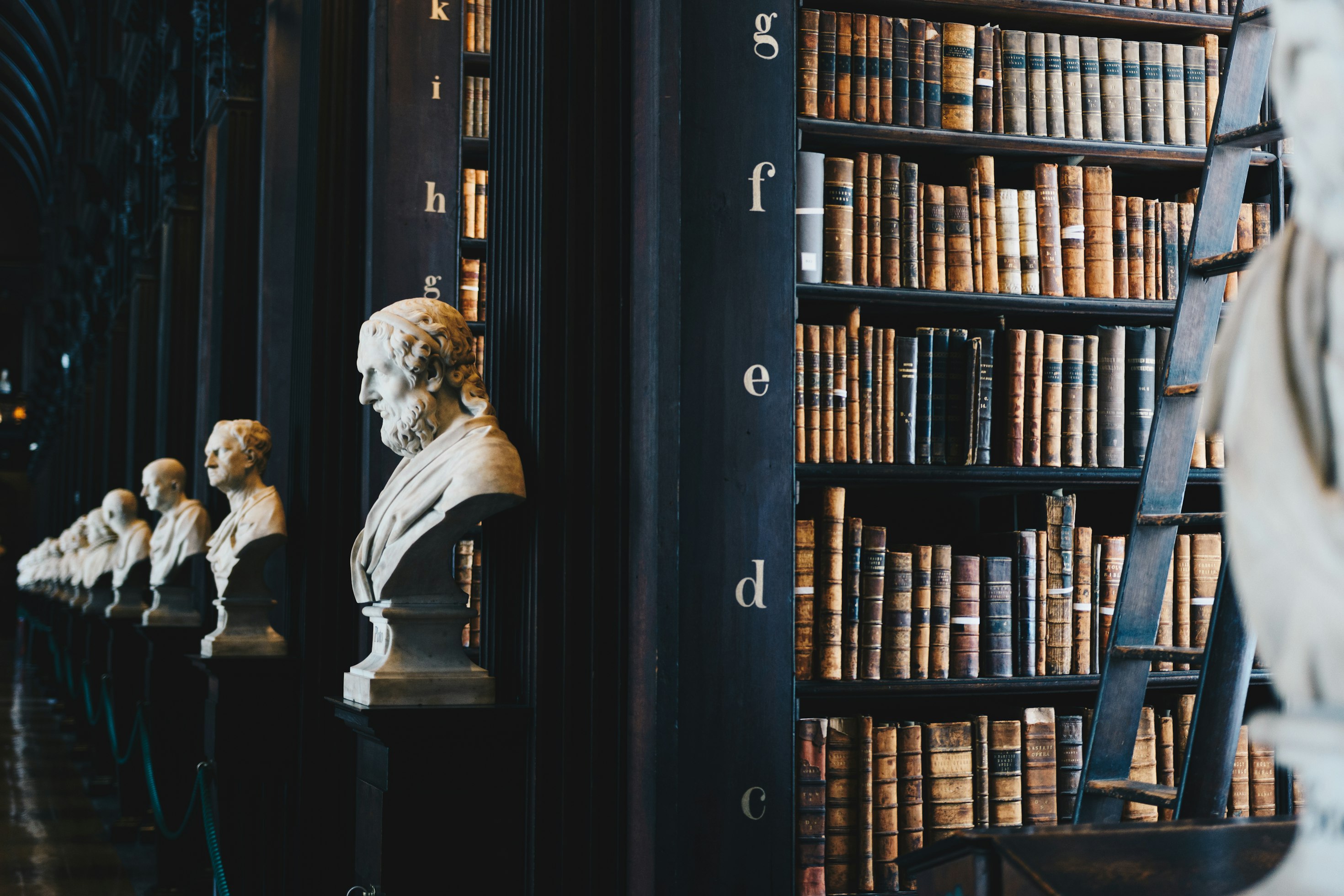
Modern Interpretations and Innovations
Modern interpretations and innovations within both Gothic literature and goth culture show a vibrant, ongoing dialogue between the two. Contemporary Gothic literature continues to explore themes of horror, romance, and the supernatural, while also incorporating modern anxieties and settings. Authors like Neil Gaiman, with works such as "Coraline" and "The Graveyard Book," blend classic Gothic elements with new, imaginative twists, resonating strongly with the goth subculture. These stories, with their eerie atmospheres and complex characters, appeal to the goth community's appreciation for dark, introspective narratives.
Changes in the goth subculture have also been influenced by modern Gothic writers. Themes of alienation, existential dread, and the uncanny in works by writers like Poppy Z. Brite and Anne Rice echo sentiments often found in goth music and fashion. Brite's novels, set in the vibrant and shadowy landscapes of New Orleans, mirror the goth scene's blend of historical reverence and contemporary rebellion. Similarly, Rice’s vampire chronicles provide rich inspiration, reinforcing the goth subculture's fascination with immortality, beauty, and darkness.
Cross-media influences further illustrate the deep connection between Gothic literature and goth culture. Films and television series such as Tim Burton's The Nightmare Before Christmas" and the Netflix series "The Chilling Adventures of Sabrina" draw heavily from Gothic literary traditions, infusing them with a modern sensibility that appeals to goth audiences. The visual arts also play a significant role, with artists like Edward Gorey and Guillermo del Toro creating works that blend Gothic aesthetics with contemporary themes, influencing goth fashion and visual expression.
These modern interpretations and innovations highlight the dynamic interplay between Gothic literature and goth culture. As both continue to evolve, they influence each other, keeping the themes of darkness, beauty, and mystery compelling and relevant today. This ongoing exchange enriches both realms, creating a unique cultural environment where literature and subculture converge.
